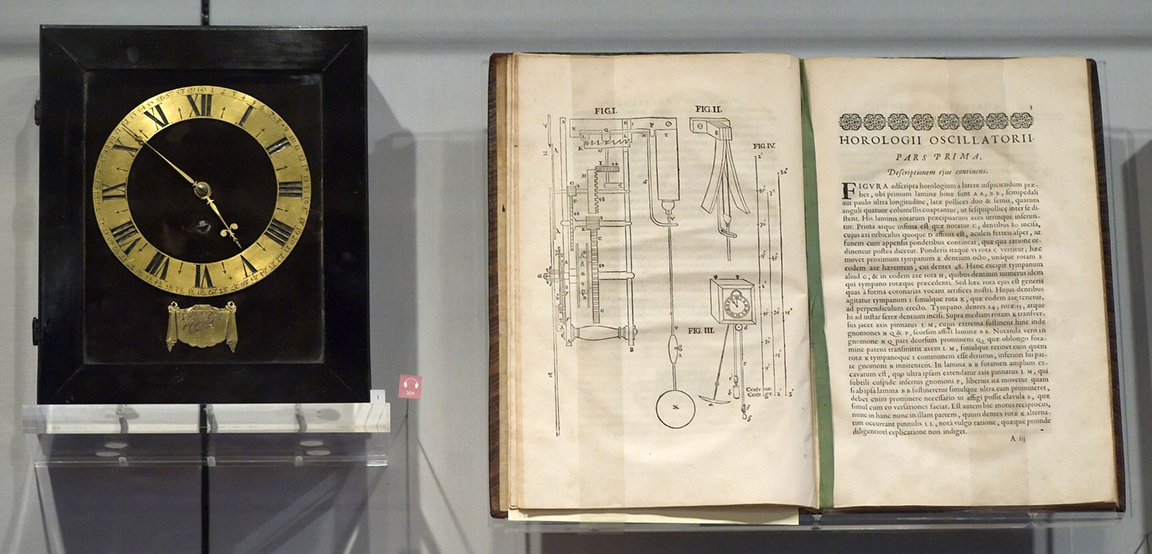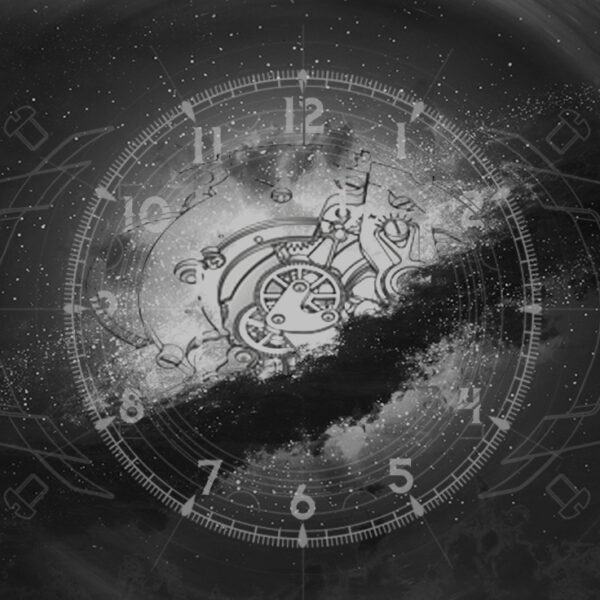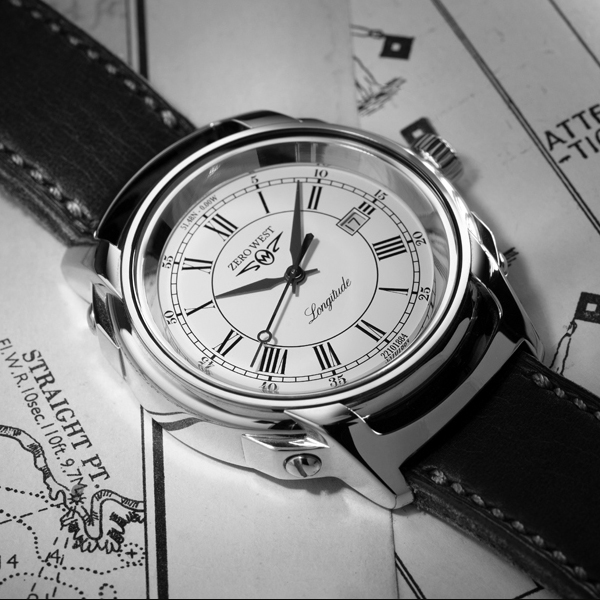Horology Part 1: Origins of the Mechanical Movement
Galileo, Huygens and Harrison
Everyone knows Galileo but you would be forgiven if your knowledge of Huygens and Harrison was a little light. Like all great artists, scientists and engineers their touch on the world has sent ripples through time like drops of rain on a gently flowing river. Galileo Galilei (1564), Christaan Huygens (1629) and John Harrison (1693) can be described in many ways, but essentially they were innovative thinkers intensely interested in solving the problems of their day. Accurate measurement of time was one such a problem and you could crudely say that they became a tag team through the centuries, picking up the baton from their predecessor to produce the complex mechanical movement, that sits on our wrists today. The mechanical movement to put succinctly, is remarkable.
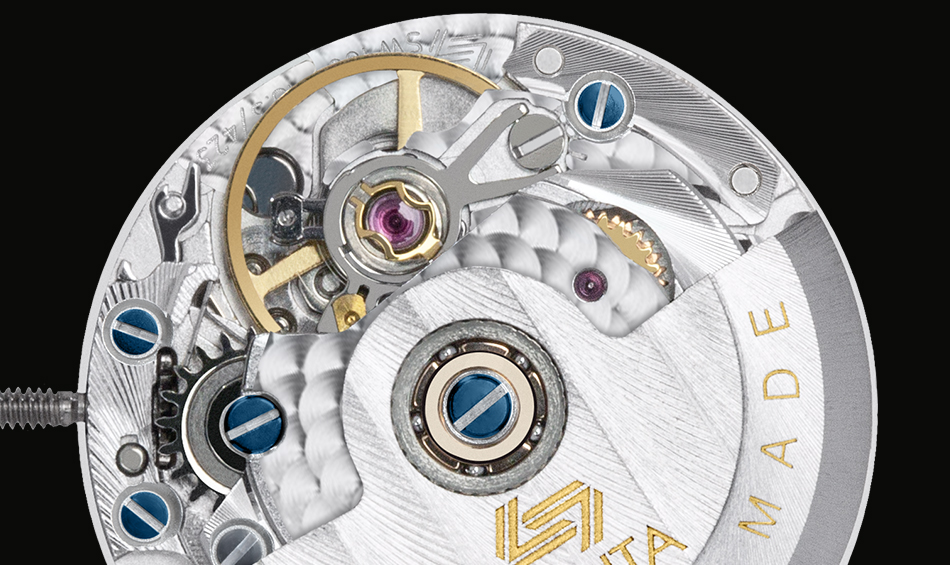
Galileo and the Beginnings of Accurate Time
Galileo was an astronomer, engineer and physicist. It is said that Galileo’s eureka moment and the beginnings of accurate timekeeping was while sitting in church. Looking up at the majesty of the tall ornate ceilings and princely architecture his eye was cast on a heavy candlelit chandelier as it swung back and forth, pushed by the invisible force of a breeze. This was the year 1585. Galileo noticed the chandelier acted like a pendulum and whether the breeze was light or if there was a sudden gust of wind, it still took the same time to go from one place to another (and back again) no matter what position it was first displaced from. This was the simple principle of isochronism. Over the years he experimented further and was quick to discover that it wasn’t the weight at the end of a pendulum that would change the time, it was the length of the cord. He calculated that the length of 0.98 metres was equivalent to one second – a revolutionary thought. Halving the length of the pendulum cord and suddenly you are able to count in half seconds. Half it again, quarter seconds. Galileo attached a cog to the pendulum and now he was able to count out the oscillations one by one – this mechanism was known as the escapement. Galileo proved that accurate timekeeping was a possibility and sketched out ideas for the pendulum clock. Sadly, he would never build this clock
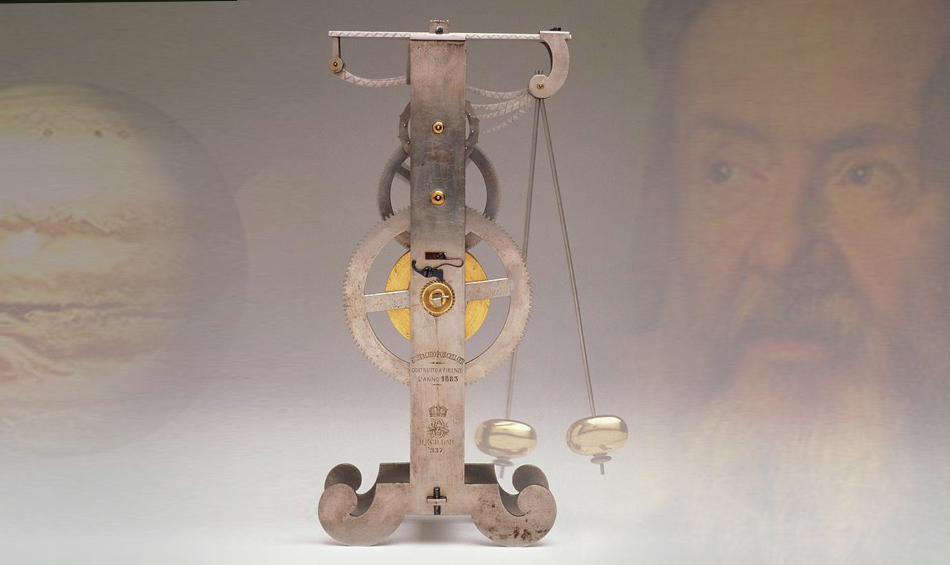
Minutes, Hours and the Huygens Clock
But it wasn’t until the 1630s that the Dutch mathematician Christaan Huygens, a physicist and astronomer, picked up the baton from Galileo’s pendulum clock designs. Inspired, he began his own experiments but was quickly frustrated by the accuracy of a single-handed clock. So, he began work on designs for a clock with two hands that recorded hours and minutes. He reduced the pendulum length and the frequency of the oscillations was increased. The escapement was improved with a more intricate cog design. Although tension and friction in the movement led to some errors in time keeping, in 1657 the Huygens Clock became the standard for timekeeping with a mechanical movement having an incredible accuracy of 15 seconds. To put this into context the ‘verge and foliot’ mechanisms that they effectively replaced, had an accuracy of 15 minutes. Horological advancements of the pendulum clock became the subject of many engineers and inventors over the next two centuries and accuracy improved to loss of only a few seconds each week. One such engineer was John Harrison, now a master clockmaker, who would take on the challenge of navigation at sea, or to put it more exactly – the accuracy of longitude at sea.
John Harrison and the 1714 Longitude Act
By the 18thcentury the art of navigation was still only partially developed with latitude its only companion. Sea voyages were a hazardous venture. Crew and bounty were just as easily lost as they were to return safely with shipwrecks commonplace as vast seas were travelled and fought for. Longitude appeared impossible to measure on the fluctuating surface of the sea and continued to remain elusive as it slipped through the fingers of superstitious sailors desperate to come home.
In 1714, in response to the continuous maritime disasters, the British government initiated the Longitude Act to reward anyone who could practically solve the accuracy of longitude at sea to a single degree. £20 000 prize money was at stake and British clockmaker, John Harrison, pioneered the way developing and refining designs throughout the 1700s which eventually culminated in the H4 Chronometer. His tenacious spirit and technical aptitude worked to systematically improve the pendulum clock, creating the gridiron pendulum – alternative brass and iron rods, cleverly assembled to cancel out thermal expansions and contractions.
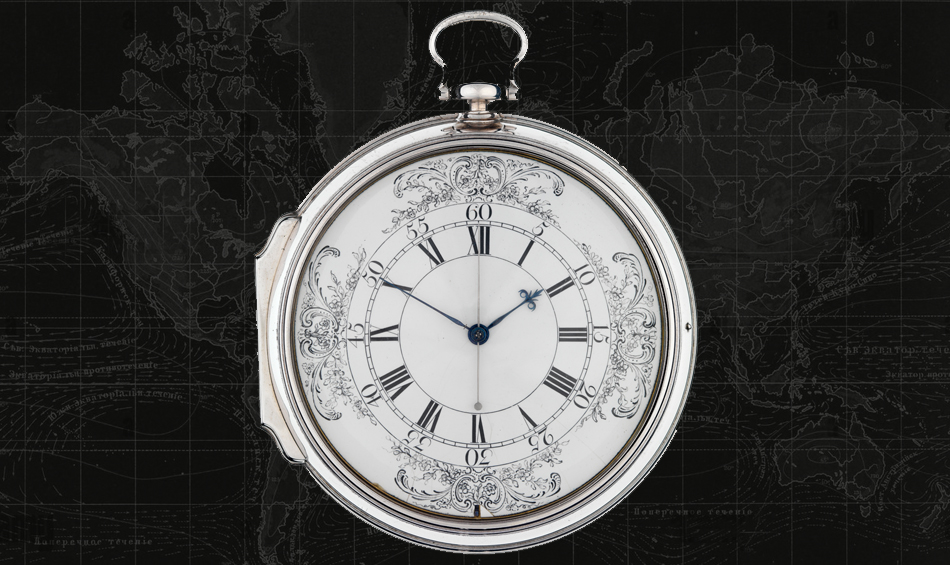
The H4 had a highly complex movement at the heart of which was the ‘vertical’ escapement which allowed the balance to have a uniquely large arc. Some parts were carefully carved out of diamond and temperature compensation was shrewdly engineered into the design. The watch movement had a centre seconds motion with a sweep second hand. The ticking was rapid at five beats per second.
This incredible timepiece took six years to perfect and manufacture. The transatlantic trial confirming its accuracy was a sea voyage from Portsmouth to Kingston, Jamaica, on the HMS Deptford in November 1761. After 81 days and 5 hours Harrison’sSea Watchwas found to be only 5 seconds slow – equivalent to 1.25 minutes longitude (one nautical mile) – and in doing so, Harrison won the coveted Longitude Prize. The H4 Chronometer was an engineering masterpiece that was the foundation for a reliable and standardised method of measuring accurate longitude. To this day it remains accurate, where it resides at the Royal Observatory in Greenwich.
Read our next blogto discover how the Royal Observatory at Greenwich and finding longitude became the inspiration behind our name: Zero West
Reference:
Willms Allan R., Kitanov Petko M., and Langford William F. 2017 Huygens’ clocks revisited. Soc. open sci. 4: 1770777. 1770777. https://doi.org/10.1098/rsos.170777
